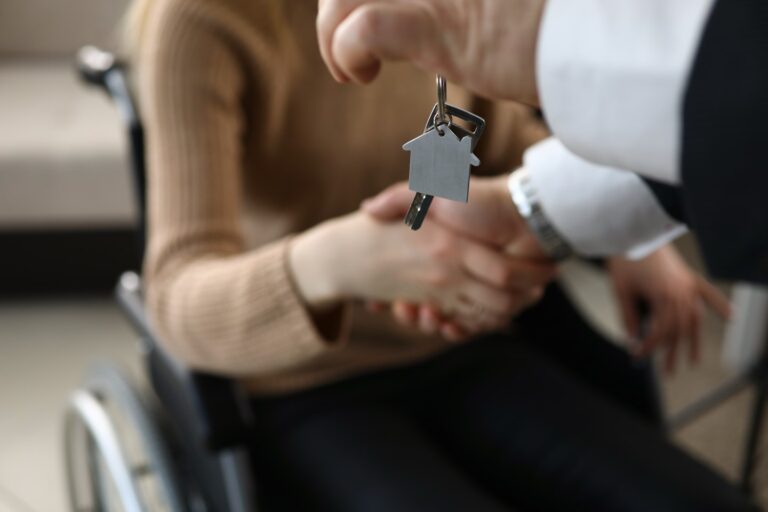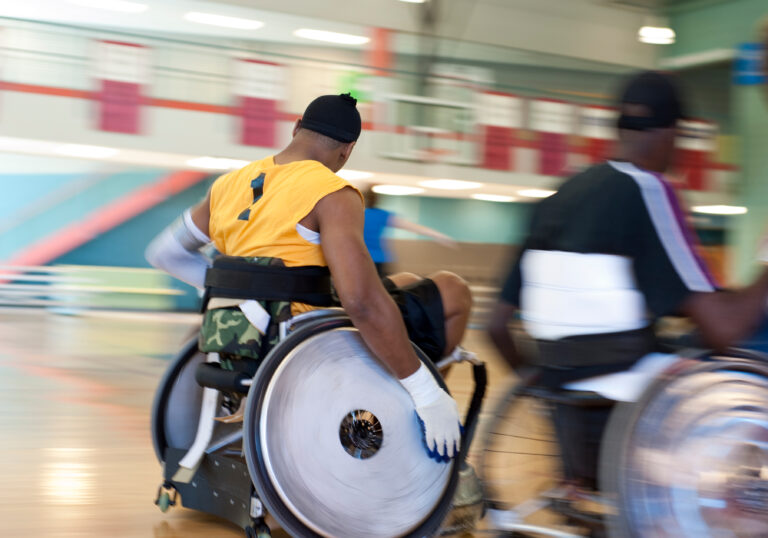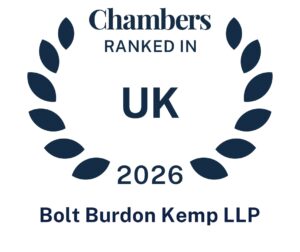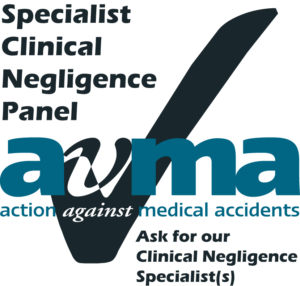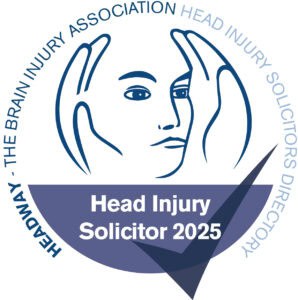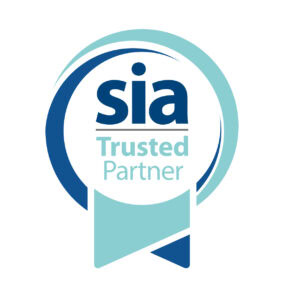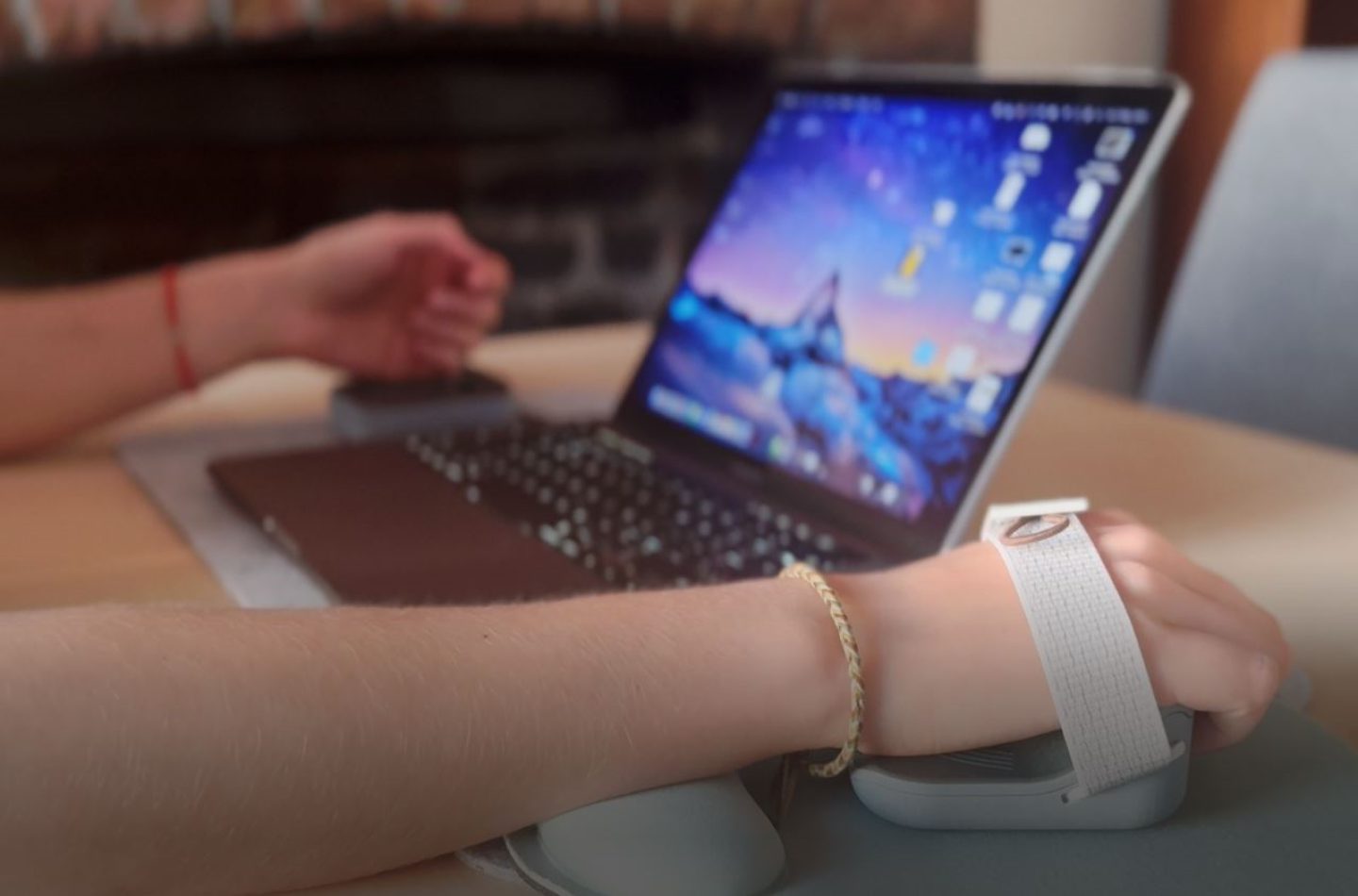
Innovative computer mouse wins our accessible design competition
An innovative ergonomic computer mouse – the ‘Arc Mouse’ – designed for people who have tetraplegia has won Bolt Burdon Kemp’s Design the Change competition 2025.
The competition, in its fourth year, invites UK-based university students to design a product aimed at improving the lives of people with a spinal cord injury. Law firm Bolt Burdon Kemp, which supports people with spinal cord injuries, was looking for a design which was both innovative and practical and could make a real difference to people’s lives.
Winner Lois Moore, a final year Product Design BSC student at Sheffield Hallam University designed an adaptable computer mouse which allows a user with tetraplegia to attach a mouse to their hand, press buttons and control the cursor on their computer, without needing to grip.
Lois found through her research that 15.4 million people worldwide have tetraplegia, which is caused by a spinal injury. Tetraplegia, where all four limbs are affected by paralysis, causes a range of functional impairments, including poor hand dexterity. This means using a mouse and computer can be difficult for people with tetraplegia which can significantly impact the ability of people to work, socialise and carry out everyday tasks.
Named the ‘Arc Mouse’ to illustrate its ergonomic design, the mouse is comprised of two parts, with a ‘button’ function that can be leant on by one hand to ‘click’ onto programmes as well as scroll on the computer (having been designed to respond to downward pressure), and the other part a ‘tracker’ function which is used to control the cursor across the computer by the other hand. The tracker part of the mouse can be used with a range of different straps, or without straps, with the weight of the hand and arm on the mouse as well as the rubber texture and shape of the surface helping to ensure the hand stays on easily without needing to grip. Both parts can be adapted depending on the person’s needs. Typing tools can also be used on both hands while using the mouse.
As part of her prize, Lois has been awarded £5,000. The competition is also supported by Bolt Burdon Kemp’s charity partner Cerebra based in Wales, a unique national charity that works to improve the lives of children with neurological conditions. Part of the charity’s work is to design bespoke equipment to meet families’ needs at their innovation centre and Lois will also undertake a week’s placement at their innovation centre in Wales.
Abbie Willgoose, also in her final year at Sheffield Hallam studying Product Design, is the competition’s runner-up, winning £2,500 for her design ‘VIVEfree’, a multi-functional beauty tool, which allows individuals with a spinal cord injury and limited hand dexterity to use mainstream beauty products independently.
The adjustable ring design locks on all three joints of a finger to provide a strong base with a holding mechanism for the makeup product to attach to. This means the user can control the product with the products and rather than just their hand, with no grip or strength from their hand required, making it much easier to use other beauty tools and products, and allowing the user to be more precise in their application.
Lois’s and Abbie’s designs were judged by a panel of experts:
- Ian Hosking, Founder of the Stoke Mandeville Maulers Wheelchair Rugby Team
- Davey Jose, Ambassador for Stoke Mandeville Spinal Research
- Dr Ross Head, Innovation Centre Manager at Cerebra
- Lady-Marie Dawson, Partnerships Coordinator at SIA
You can view Lois Moore and Abbie Willgoose’s designs on YouTube here: Lois Moore: Arc Mouse (Winner) and Abbie Willgoose: VIVEfree (Runner-Up).
Victoria Oliver, Partner and Head of the Spinal Injury team at Bolt Burdon Kemp, said:
“A spinal cord injury is a life-changing event that makes even the simplest of tasks time consuming and a challenge. Not enough is being done to make the world in which we live accessible to all, despite the increasing number of people living with a spinal cord injury. According to the Spinal Injuries Association there are an estimated 105,000 people living with a spinal cord injury in the UK.
“However, both Lois’s and Abbie’s designs really considered the everyday difficulties that arise from using tools that aren’t designed with accessibility in mind. They both designed products which overcame these barriers and helped individuals with a spinal cord injury to be able to use other tools much more easily and efficiently. They also clearly thought about the way their designs looked, blending accessible and aesthetic together beautifully.
“We believe our student competition joins a global conversation about the need for improved accessibility in the world and the importance design plays in making this happen. We hope this will lead to increased awareness in the design sector of the issues facing people with a spinal cord injury, in a non-accessible world.”
Winner Lois Moore said:
“When I first received the email to say I was the winner I was shocked but also excited. It was an amazing feeling to know that the product had been recognised for its utility and efficacy for individuals with spinal cord injuries, helping to remove barriers to access computer-mouse use.
“Inspired by the work of Cerebra and Bolt Burdon Kemp, supporting people with spinal cord injuries, I felt compelled to design something that I could really see making some difference. I think that by setting the design challenge, Bolt Burdon Kemp have created an amazing opportunity – inspiring students to think more critically about accessible design and see the real-world difference it can make.”
Runner up Abbie Willgoose, added:
“I am honoured to have been selected as the runner- up in this competition. This recognition means so much to me, as it not only reflects the hard work I’ve put into this journey it also reaffirms my belief in myself. I feel an immense sense of pride in what I have accomplished, especially knowing how many talented individuals participated.
“I would highly recommend applying for this competition, as it is a chance to challenge yourself, grow as a designer and gain confidence. Plus, you never know what could happen!”

